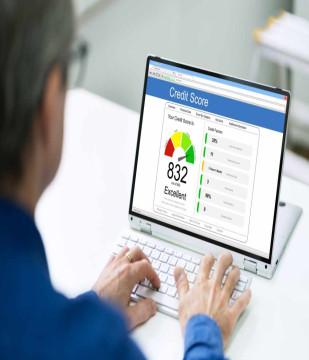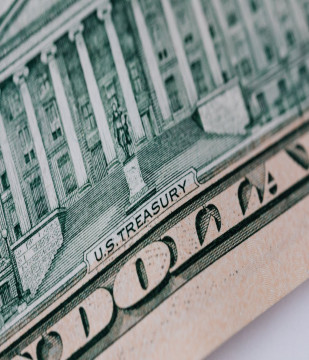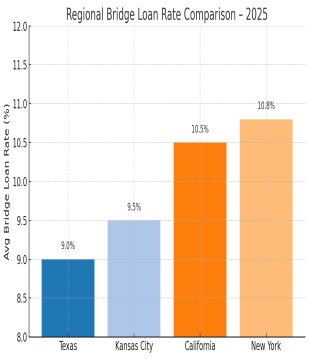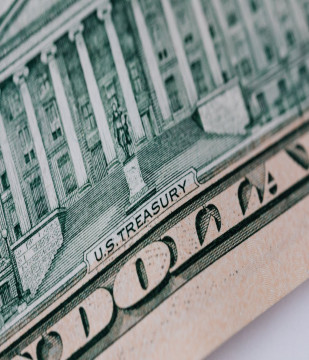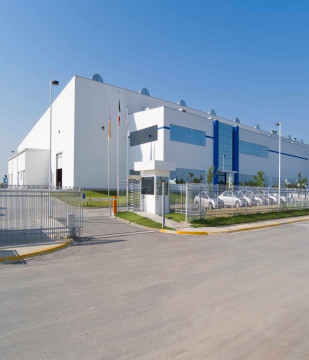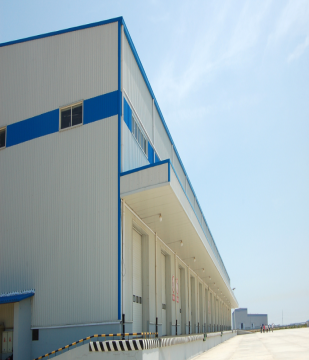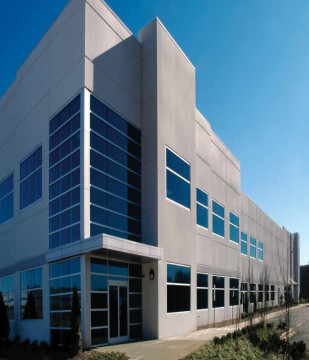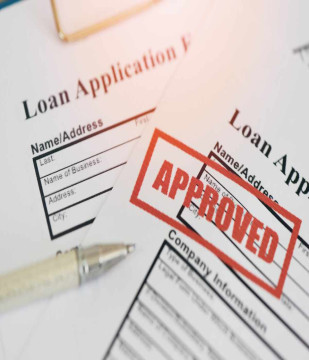Understanding Debt Yield in Commercial Real Estate Investing

Terrydale Capital
Dec 6, 2023 5 Min read
 Learn
Learn
Introduction:
In the world of commercial real estate investing, understanding and analyzing various financial metrics is crucial. One such important metric is debt yield. In this blog, we will delve into the concept of debt yield and explore its significance in evaluating the viability and risk of commercial property investments.
What is Debt Yield?
Debt yield is a financial ratio that assesses the income-generating capacity of a commercial property relative to its debt obligations. It is calculated by dividing the property's net operating income (NOI) by the loan amount. The resulting percentage indicates the annual return on the lender's investment if the property were to default and the lender had to sell it to recover their debt.
Debt Yield = (Yearly NOI / Total Loan Amount)
Importance of Debt Yield in Commercial Real Estate Investing:
- Risk Assessment: Debt yield provides a reliable measure of the property's ability to generate sufficient income to cover its debt obligations. A higher debt yield signifies stronger cash flow and a lower risk of default. Lenders use this metric to gauge the property's risk profile and make informed lending decisions.
- Lender's Perspective: Lenders consider debt yield when evaluating loan applications. They typically set a minimum required debt yield based on the property type and market conditions. A property with a debt yield below the lender's threshold may be perceived as higher risk and could face challenges in securing financing.
- Property Valuation: Debt yield influences the valuation of commercial properties. Investors and appraisers use it to estimate the property's value based on its income-generating potential. A higher debt yield implies a higher property value, assuming other factors remain constant.
- Investment Selection: When comparing different commercial property investment opportunities, debt yield provides a valuable tool for decision-making. It helps investors assess the risk-reward profile of potential investments and determine which properties are more likely to generate desirable returns.
- Market Conditions: Debt yield can reflect broader market conditions. During periods of low interest rates and robust rental income, debt yield tends to be higher. Conversely, in challenging economic environments or less favorable property markets, debt yield may be lower, indicating higher risk.
Factors Influencing Debt Yield:
Several factors impact a property's debt yield, including:
- Net Operating Income (NOI): Increasing the property's income through higher occupancy rates or rental rates improves the debt yield.
- Property Type: Different property sectors have varying risk profiles, and lenders may have different debt yield requirements for each sector.
- Loan Terms: The loan amount, interest rate, and repayment period affect the debt yield calculation.
- Location: Properties in prime locations or areas with high demand tend to have higher debt yields due to potentially higher rental income.
Conclusion:
Debt yield is a vital financial metric for commercial real estate investors and lenders alike. It offers a clear assessment of a property's income-generating capacity relative to its debt obligations. By analyzing debt yield, investors can make informed decisions, lenders can assess risk, and appraisers can estimate property values accurately. Understanding and incorporating debt yield into the evaluation process is crucial for successful commercial real estate investing.
When you are ready to put your investing plans in motion, contact Terrydale Capital for the number one partner for ensuring your success.
Partner With Terrydale Capital for Your Debt Financing Needs
When it comes to debt financing, understanding the right timing, process, and options is crucial. At Terrydale Capital, we provide a comprehensive range of commercial loan solutions tailored to meet your business's unique needs.
















